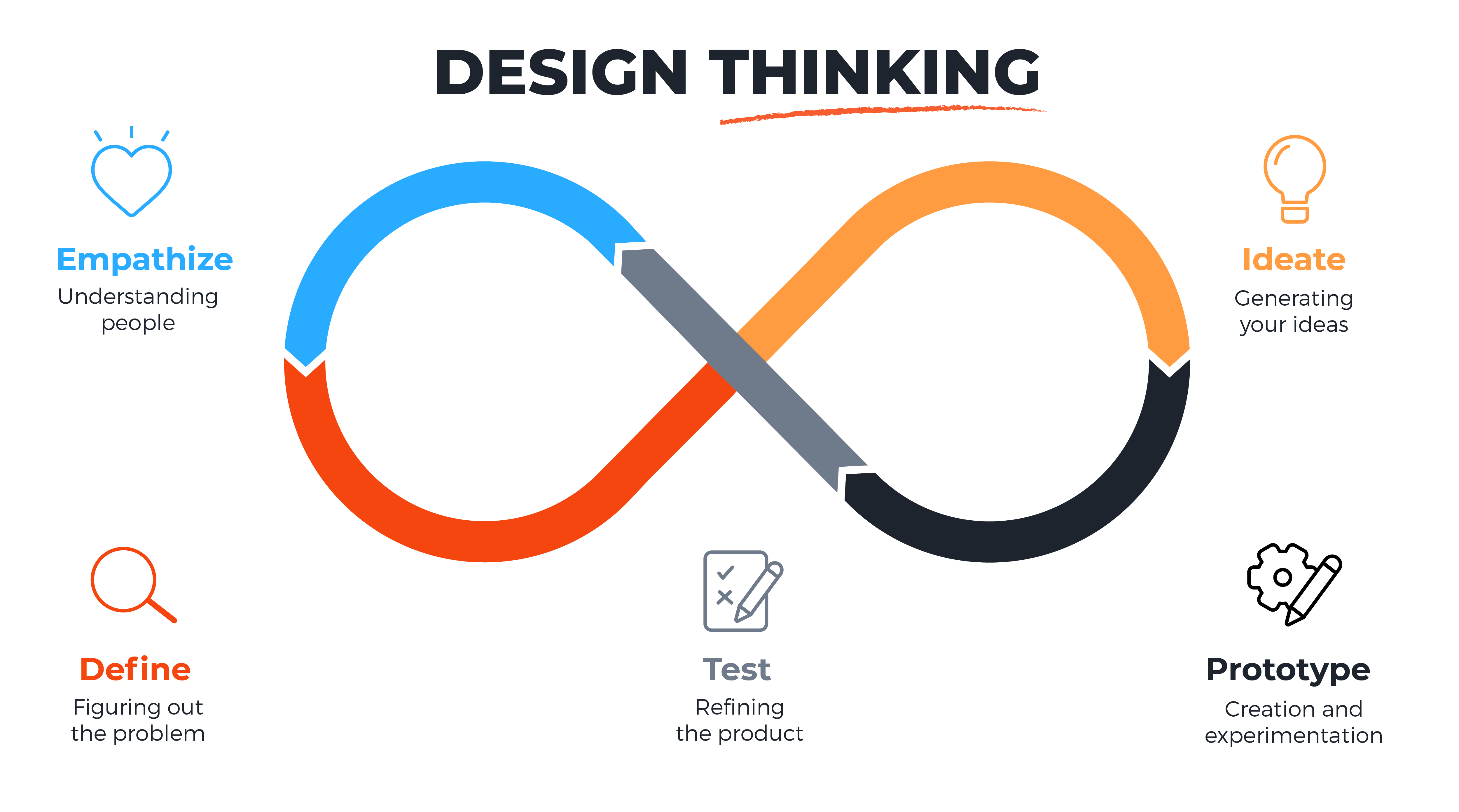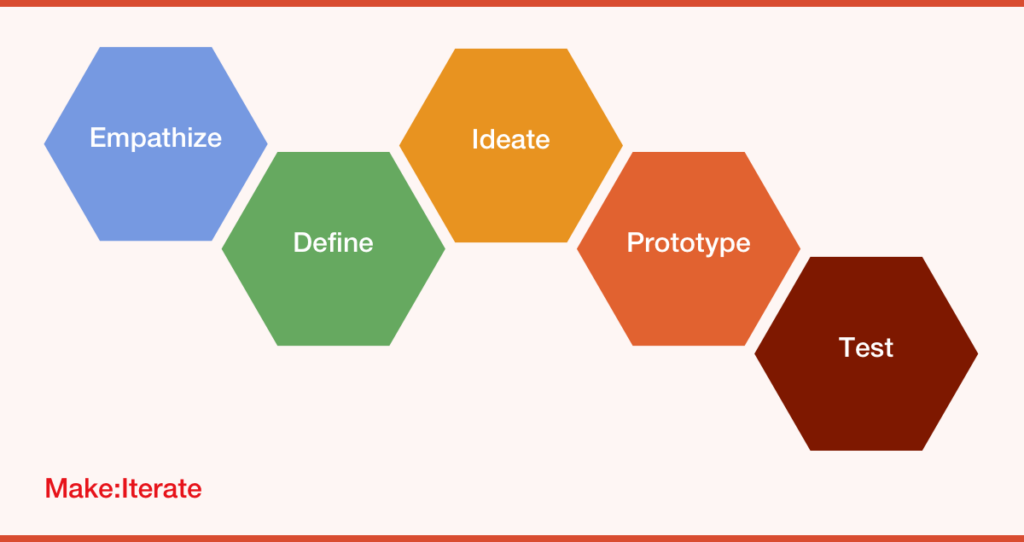Table Of Content
- Stage 5: Test—Try Your Solutions Out
- Elements and Principles of Design in Conclusion
- What Are Wicked Problems and How Might We Solve Them?
- From middle management to the C-suite.
- Ideate
- Where can you find ideas for design thinking solutions?
- Link Whisper Case Study: How 7 Successful Niche Site Owners Are Using It To Help Grow Their Sites

For example, heatmaps might give you an idea of UX updates that will make the user journey smoother. Or you could compare session recordings between users who completed a task and those who abandoned it to brainstorm product improvements that might help more users reach their goal with your product. Learn more about these (and other) examples in the design thinking examples chapter of this guide. The principles include contrast, balance, pattern, variety, and unity. These guidelines use elements to tell a story or atmosphere and help blend the elements effectively.
Stage 5: Test—Try Your Solutions Out
We achieve asymmetrical balance when we arrange differently sized elements in a way that results in unity. We can imagine a centre point of the design and distribute the elements in a way that creates balance. Balance is the principle governing how we distribute the elements of a design evenly. Balanced designs tend to appear calm, stable and natural, while imbalanced designs make us feel uneasy.
Elements and Principles of Design in Conclusion
Design thinking is more about exploring and defining the right problem and solution, whereas agile is about efficiently executing and delivering a product. Both methodologies rely heavily on collaboration among cross-functional teams and encourage diverse perspectives and expertise. With the widespread adoption of the double diamond framework, Design Council’s simple visual evolved. A desirable and technically feasible product isn’t enough. The organization must be able to generate revenues and profits from the solution. The viability lens is essential not only for commercial organizations but also for non-profits.
What Are Wicked Problems and How Might We Solve Them?
The design thinking process starts by looking at the needs, dreams and behaviors of people—the end users. The team listens with empathy to understand what people want, not what the organization thinks they want or need. The team then thinks about solutions to satisfy these needs from the end user’s point of view.

In the third lesson, you’ll learn best practices for designing with type and how to effectively use type for communication. We’ll provide you with a basic understanding of the anatomy of type, type classifications, type styles and typographic terms. You’ll also learn practical tips for selecting a typeface, when to mix typefaces and how to talk type with fellow designers.
How to apply design thinking in data science - InfoWorld
How to apply design thinking in data science.
Posted: Mon, 20 Nov 2023 08:00:00 GMT [source]
Through intellectual rigor and experiential learning, this full-time, two-year MBA program develops leaders who make a difference in the world. There are certain principles that are pivotal to design thinking. These are reflected in the design thinking methodology, which we’ll explore in detail a little later on. We’ve outlined five of design thinking’s most important principles below. Not only are these problems difficult to define, but any attempt to solve them is likely to give way to even more problems. The Apples, Airbnbs, and Ubers of this world were all borne of innovation.
With these new insights, we redesigned certain aspects of our e-learning dashboard—such as how project milestones are displayed, for example. In true design thinking fashion, we’ll continue to gather user feedback in order to iterate on and improve our current solution. Another increasingly popular method of applying design thinking is through design thinking workshops. Design thinking workshops are also used to teach non-design professionals how to innovate and find creative solutions—an essential skill in any area of business. It’s not just about coming up with ideas; it’s about turning them into prototypes, testing them, and making changes based on user feedback. Design thinking is an iterative approach, so be prepared to repeat certain steps in the process as you uncover flaws and shortcomings in the early versions of your proposed solution.
Where can you find ideas for design thinking solutions?
While pinpointing your users’ needs, begin to highlight opportunities for innovation. All programs require the completion of a brief application. The applications vary slightly from program to program, but all ask for some personal background information.
Link Whisper Case Study: How 7 Successful Niche Site Owners Are Using It To Help Grow Their Sites
In a Silicon Valley “garage,” there are no departments, titles, or assigned offices. Everyone is focused on making a great product that meets a customer need. The environment is more like a workshop than an office, designed to encourage collaborative focus on building a great product together. The program was developed by leading Harvard Business School faculty and is delivered in an active learning environment based on the HBS signature case-based learning model.
Despite this being the final step, your design thinking probably won’t end here. It’s more likely that your testing will uncover some flaws in your prototypes, a shortcoming in your idea, or even a mischaracterization of the whole problem. Don’t get discouraged — again, this is to be expected. You should always return to a previous step and repeat it when warranted. Developing prototypes will bring to light any immediate flaws in the idea without investing in a fleshed-out solution, so you can head back to the ideation phase if necessary.
For IDEO, design thinking is a way to solve problems through creativity. Certainly, it isn’t a fail-safe approach; nor is it the only approach. But based on the impact we are seeing in our work, the relevance of design thinking has never been greater. The process is characterized by the alternation of divergent and convergent thinking, typical of design thinking process. When working in visual design, we should ensure that we use dominance while still maintaining the unity and balance of websites — if not, the design would potentially produce a disorienting experience for users.
They’ll also have a clearer view of how real users would behave, think and feel when they interact with the end product. The design sprint is a very structured version of design thinking that fits into the timeline of a sprint (a sprint is a short timeframe in which agile teams work to produce deliverables). Developed by Google Ventures, the design sprint seeks to fast-track innovation.


No comments:
Post a Comment